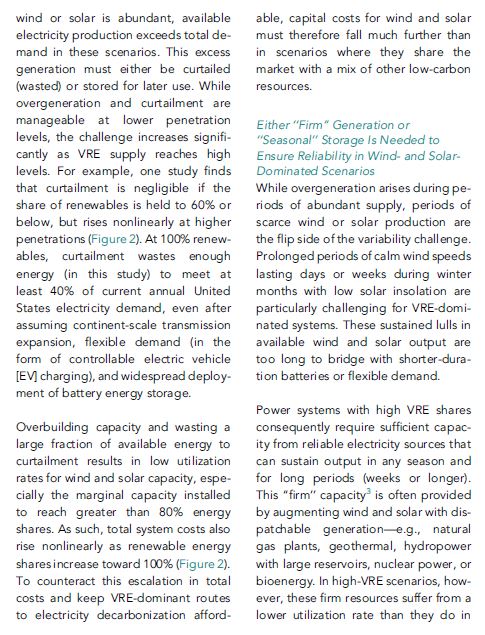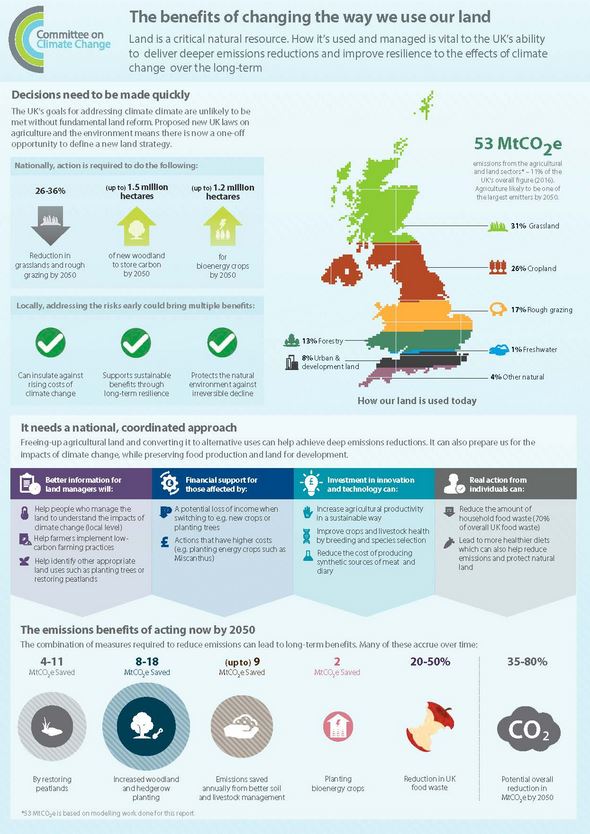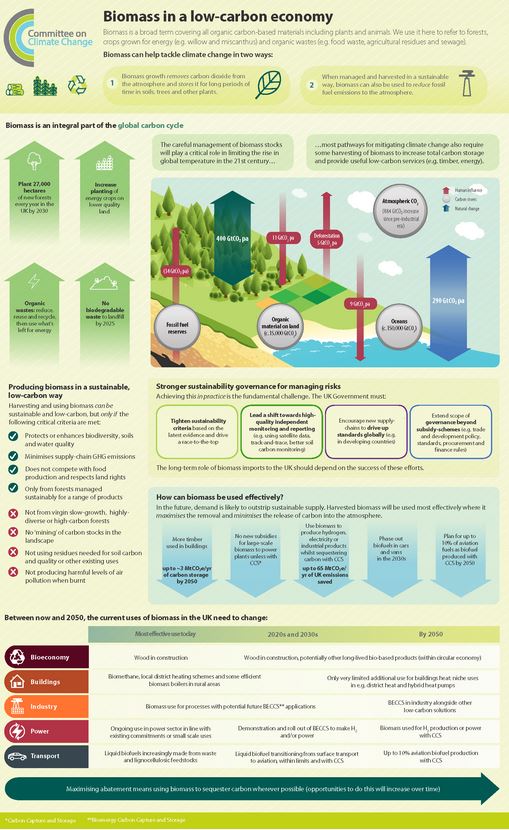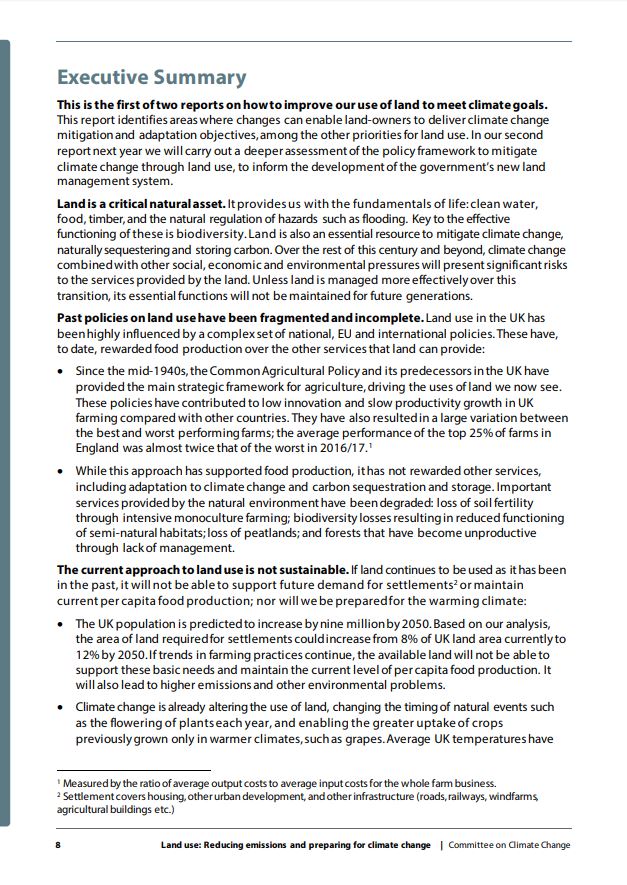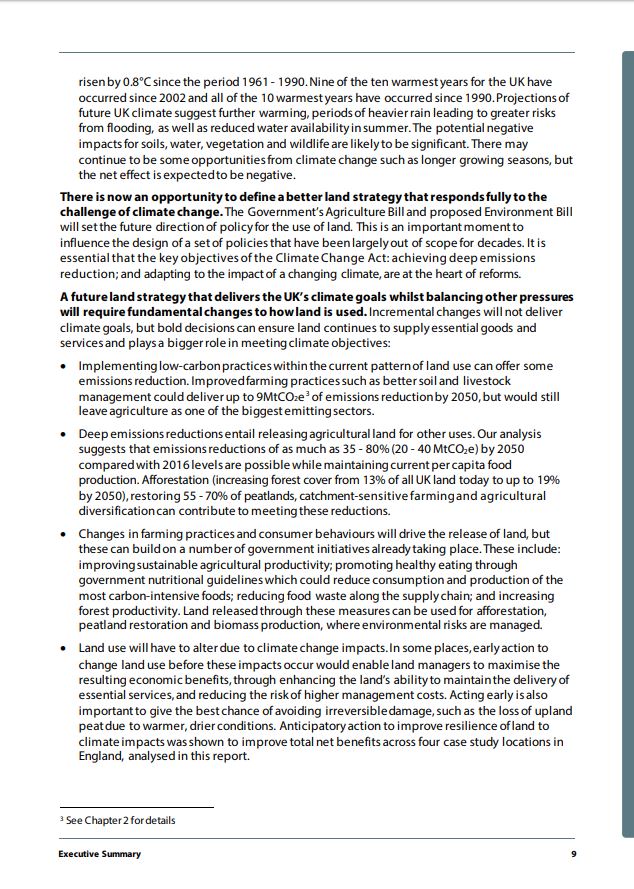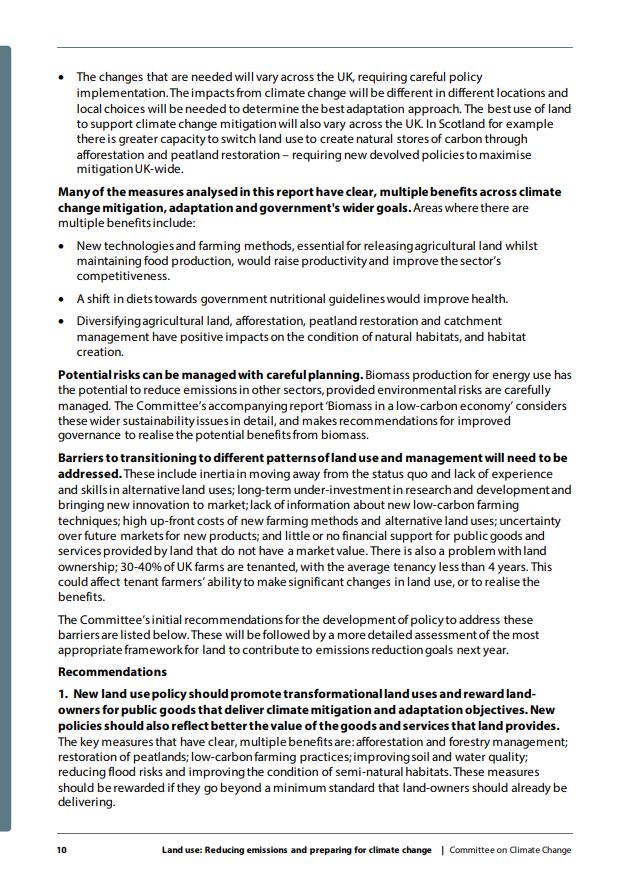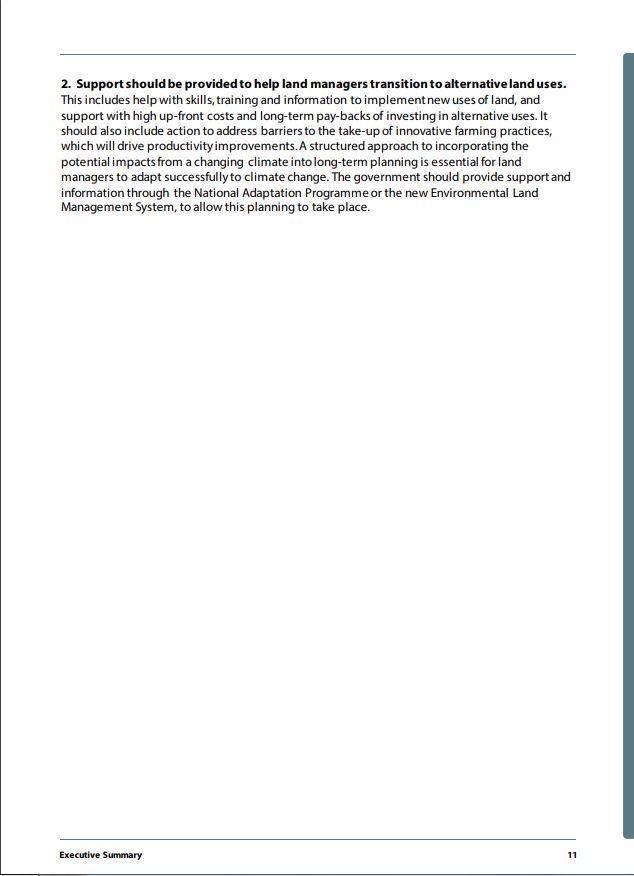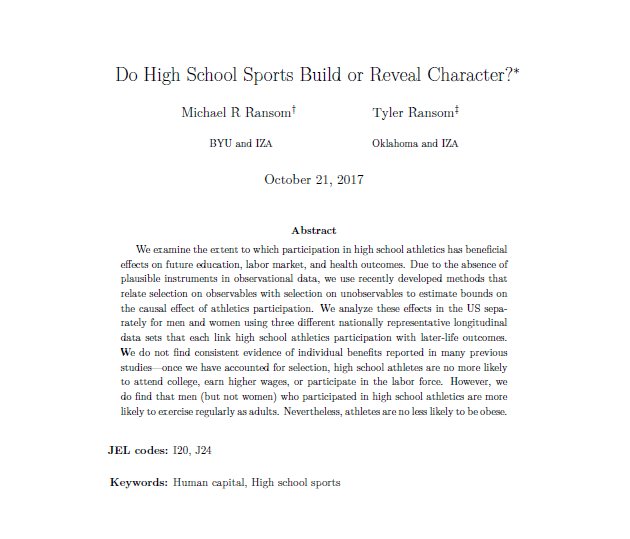Behind a paywall, but never fear: a Tweetstorm explainer is coming in T-minus
3...
2...
1...
Hold on folks, here we go!


What we found in the literature cautions against pursuing what we’ll call a “narrow path” strategy powered primarily by wind and solar
(Message me for a personal use copy of either paper if you need access.)
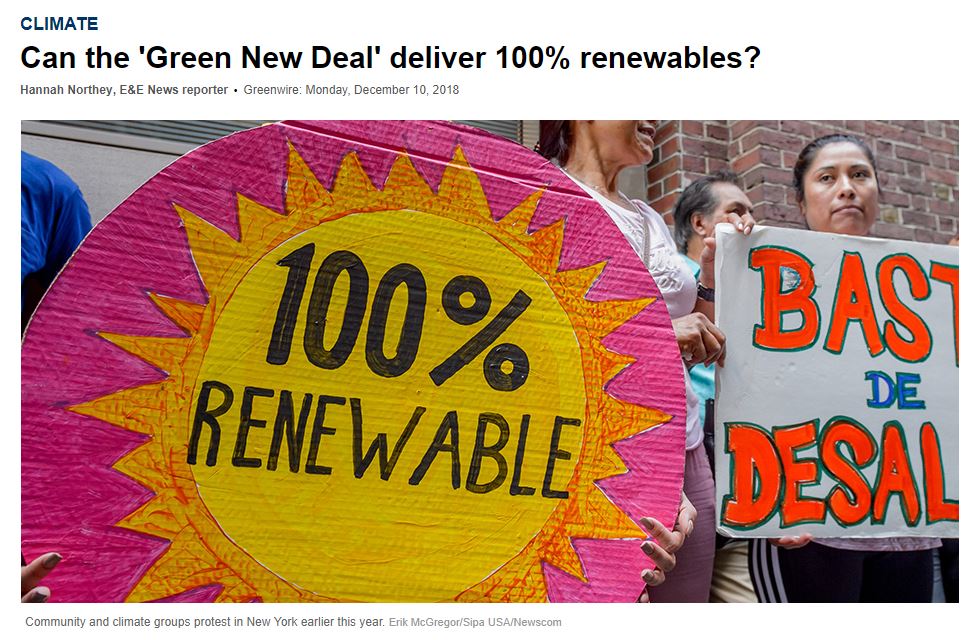
</end>.




